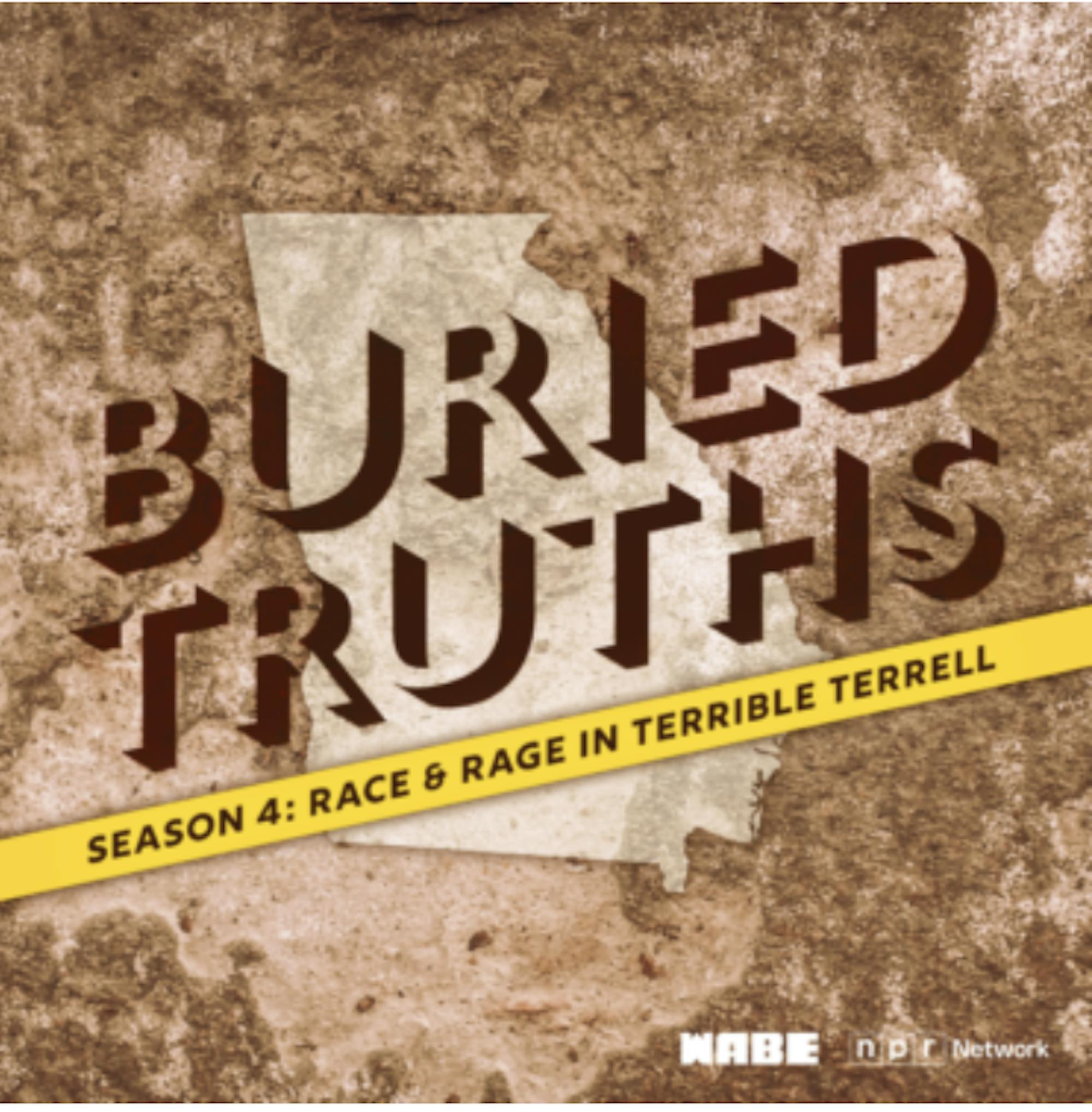White police officers committed a string of violent attacks on the Black community of small town Dawson, Ga. in 1958. Two Black men, James Brazier and Willie Countryman, died at the hands of the same Dawson policeman, yet no one was prosecuted in either case.
English and Creative Writing Professor of Practice Hank Klibanoff tells the stories of both men and racial violence in Dawson on the fourth season, titled “Race & Rage in Terrible Terrell,” of the Peabody Award-winning podcast “Buried Truths.” WABE released the first three episodes of this nine-episode season on Feb. 22, with new episodes being released weekly.

The podcast features research conducted in Klibanoff's Georgia Civil Rights Cold Cases Project class, which he began teaching in fall 2012. According to Klibanoff, over 190 students have taken this class, bringing new perspectives to the stories each semester.
"Every semester, students find new things,” Klibanoff said. “The things they find are so helpful and robust that I look forward to teaching the course again with the new material from the previous semester's students."
Instead of asking students to recount the cold case stories, Klibanoff encourages his students to explore different aspects of stories. While some students looked into border topics such as medical racism, others focused on learning the stories of a few witnesses.
In fall 2013, Scott Schlafer (15C) and Alison Chetkof (14C) took Klibanoff's course and decided to investigate medical racism. With Brazier’s medical records available, they met with forensic pathologist Mark Allen Edgar at the Emory University Hospital in Midtown. Edgar explained the medical records and drew a picture that showed Brazier's cause of death. Klibanoff remarked that medical racism led doctors who could have taken action to save Brazier to decide not to.
"Black people from that generation will talk endlessly about the horrible doctors they had or doctors who couldn't care about the pain they were feeling and things like that," Klibanoff said. "I have been wanting to do this. As we were writing this season, we wrote a chapter that had all this stuff in it."
Jake Green (24C) researched a man named M. J. Hall, who signed a letter asking for help with Dawson’s racial violence that was eventually forwarded to the FBI. This letter had an influence in initiating the investigation into the case.
The Hall family showed a different side of Dawson — they were activists and the first Black family to vote in the town.
“I was incredibly proud to have tracked down M. J. Hall's daughter and learned more about the work he did for Dawson,” Green said. “By learning about Hall, I also learned about the network of activists working to make things better in the Dawson community, and for one reason or another the press had often overlooked that group.”
Julia Biniek (24C) took a different approach to her investigation, exploring how intergenerational trauma had impacted people involved in these cases by interviewing two of Brazier’s daughters.
“Hearing them speak about their father and hearing their stories reminded me of the imminent need for action and justice for people like the Brazier family, whose stories have yet to be resolved,” Biniek said.
Adisa Ozegovic (23C) researched the police force in Dawson and recalled meeting Brazier’s daughters on a class trip to Dawson.
“A big takeaway from me was just how long these traumatic experiences live on,” Ozegovic said. “Both of the daughters of James Brazier we met described how negatively affected their family was from watching their father beaten and dragged to his death. Instead of this big historical project, to me, especially after meeting Hattie and Verda, it felt deeply personal.”
Building upon Klibanoff and his students’ research, WABE helped produce “Buried Truths.” The production team comprises four people: senior producer David Barasoain, editor Pat St. Claire, host Klibanoff and writer and producer Richard Halicks.
After Halicks wrote the main script, Klibanoff recorded the draft. It takes about two hours to record a 30-minute episode. Barasoain chose "explainer beds" music that “matches what needs to be presented” and keeps the listener's attention.
Barasoain said his favorite part of the production was conducting interviews because the witnesses were powerful representations of the story.
“It’s totally crazy to me that we can learn about these stories, build that bridge of empathy from time to time,” Barasoain said. “We extremely rarely meet those folks on our own.”
The podcast included interview recordings with witnesses of the Brazier and Countryman cases, and Barasoain met them in person to conduct the interviews.
"We interview actual witnesses,” Barasoain said. “When you step into their setting, you're like, here's someone who was a teenager in the 1950s. But here they are as 81-year-olds talking to us about what they remember. It's a type of living history account.”
Barasoain said the “Buried Truths” team has wanted to tell Brazier’s and Countryman’s stories for many years. He believes it is important to revisit these cases to raise awareness of racial injustices.
"We can shed light on this and create a brand new source of awareness or maybe a bridge of empathy between us in the present and them in the past," Barasoain said.
Klibanoff emphasized that it is essential to tell these stories because many people “never or rarely receive any justice.” Many racial injustice cases were never investigated, like how no one was prosecuted in Brazier’s murder.
"I believe a separate judgment of history could still be rendered,” Klibanoff said. “Our job is to explore and investigate and excavate these stories of what happened, broadcast it and finally give people an opportunity to make their own judgments. And that's a form of justice.”





